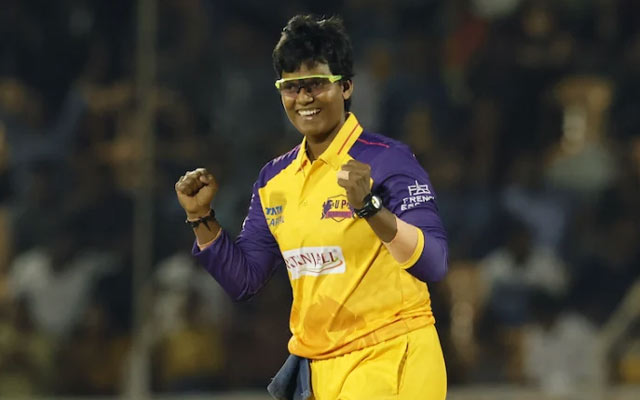India seized an early advantage in the three‑match women’s ODI series at the Utilita Bowl in Southampton on 16 July 2025, edging England by four wickets with 10 balls to spare in a chase of 259. The margin was narrow but instructive: Charlotte Edwards, newly installed as England head coach, has made fifty‑over improvement her top pre‑World Cup priority, and this opening contest immediately highlighted progress points and pain points.
Opting to bat, England slumped to 97 for four after early losses of Tammy Beaumont and Amy Jones, compounded when the returning Nat Sciver‑Brunt was taken for 41 by a diving grab at short midwicket. Salvation arrived through Sophia Dunkley and Alice Davidson‑Richards, whose unflashy 106‑run stand across 23 overs was built on rotation rather than power. Seventy‑nine of those runs came in ones and twos (including 69 singles), reflecting a conscious shift toward smarter middle‑overs management. Davidson‑Richards was stumped advancing late, and Dunkley accelerated to 74 before falling off the final ball, England closing on 258 for six competitive without being commanding.
India’s chase lurched as well. Opener Pratika Rawal made a composed 36 before Sophie Ecclestone’s arm ball beat her; a brusque shoulder brush on departure hinted at needle. Worse followed when Harleen Deol sauntered rather than slid, failing to ground her bat and gifting a run‑out. Stability returned through a 90‑run partnership between Deepti Sharma and Jemimah Rodrigues that appeared to seal matters, only for Rodrigues perhaps chasing flourish to attempt a ramp with 45 needed and edge behind to Lauren Filer. Pressure flickered, but Deepti held firm, finishing unbeaten on 62, and Amanjot Kaur’s consecutive boundaries in the closing phase collapsed the equation; India closed the game with 10 deliveries unused.
Edwards leaves with food for thought. England’s top order remains volatile, catching inconsistent, and game awareness uneven. Yet the Dunkley–Davidson‑Richards template offers a replicable method: rotate, preserve wickets, and launch late. Providing batters stable roles after seasons of order shuffling could unlock confidence. Urgent drills in basic running, backing up, and high‑percentage catching feel non‑negotiable; both sides were sloppy, but England’s drops under chase pressure hurt most. With two ODIs left, there is still room to reset the series and, more importantly, to cement habits that must harden long before October’s global tournament.

